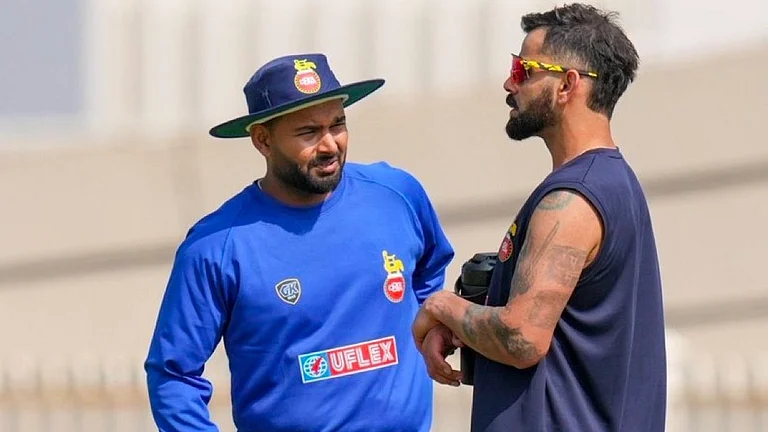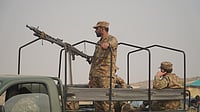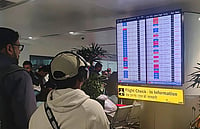SANCTIONS imposed by the US have hit Abdul Kalam's pet project—the light combat aircraft—the hardest. Within hours of Clinton's announcement, a team of Indian scientists working on the flight control system with the help of Lockheed Martin in Binghamton (New York) were asked to pack up and leave. The flight control system is a key component which holds the aircraft steady and keeps it on course. Indian pilots had already tested the software for the system on an F-16 in the US, according to sources of the Aeronautical Development Agency (ADA). At around the same time, General Electric, which has supplied 11 F-404 engines to power the LCA, recalled its representative from Bangalore.
The indigenous LCA,which is supposed to replace 200 MiG 21s, is already behind schedule by a couple of years, thanks to technological snags. One scientist working on the project even wished India had postponed its nuclear testing: "We were on the verge of completing the flight control system. The ideal time for nuclear tests would have been October or November because we (at ADA) would have been through with our contract with Lockheed by September."
The scientist said ADA would now explore two alternatives—either to go it alone or seek the help of British Aerospace or the Russian aerospace industry. Both strategies, however, would need time and mean budget overruns.From an initial budget of Rs 568 crore for two prototypes, the project's cost has already risen to Rs 2,188 crore. The IAF was initially told that the first batch of LCAs would be ready for induction in 1994, an ambitious plan because even the prototypes were not ready at that point of time.
The revised schedule said the LCA's first flight would be sometime in 1998. The project cleared a major hurdle in April when ground tests with the American engine were initiated by Wing Commander Rakesh Sharma. The indigenous engine for LCA, being developed by the Gas Turbine Research Institute (GTRE), Bangalore, was also flown to Russia for tests. If the Kaveri engine meets the stringent requirements of this jet, it would be a record: the first engine to power an aircraft since GTRE's inception four decades ago.
At international aerospace conferences, Kalam had tom-tommed the LCA's potential as the world's smallest fighter and an ideal replacement for ageing jets in Asian and African nations. He had invited participation of international names in the industry, but firms like SAAB Military of Sweden and British Aerospace backed out after showing initial interest because of the tardy progress of the project.
Stung by the swift US action, Kalam summoned the heads of DRDO laboratories, who were working in tandem with Lockheed Martin, on May 21, and told them that they should adopt the swadeshi route and develop the flight control system indigenously. Kalam is keen to prove to the US that Indian scientists could cross any technological hurdle posed by it. "He wants the team to stick to the schedule of a first test flight by the year-end. He told us that the government will back the effort with sufficient funds and a dedicated effort from experts," DRDO sources said.


























